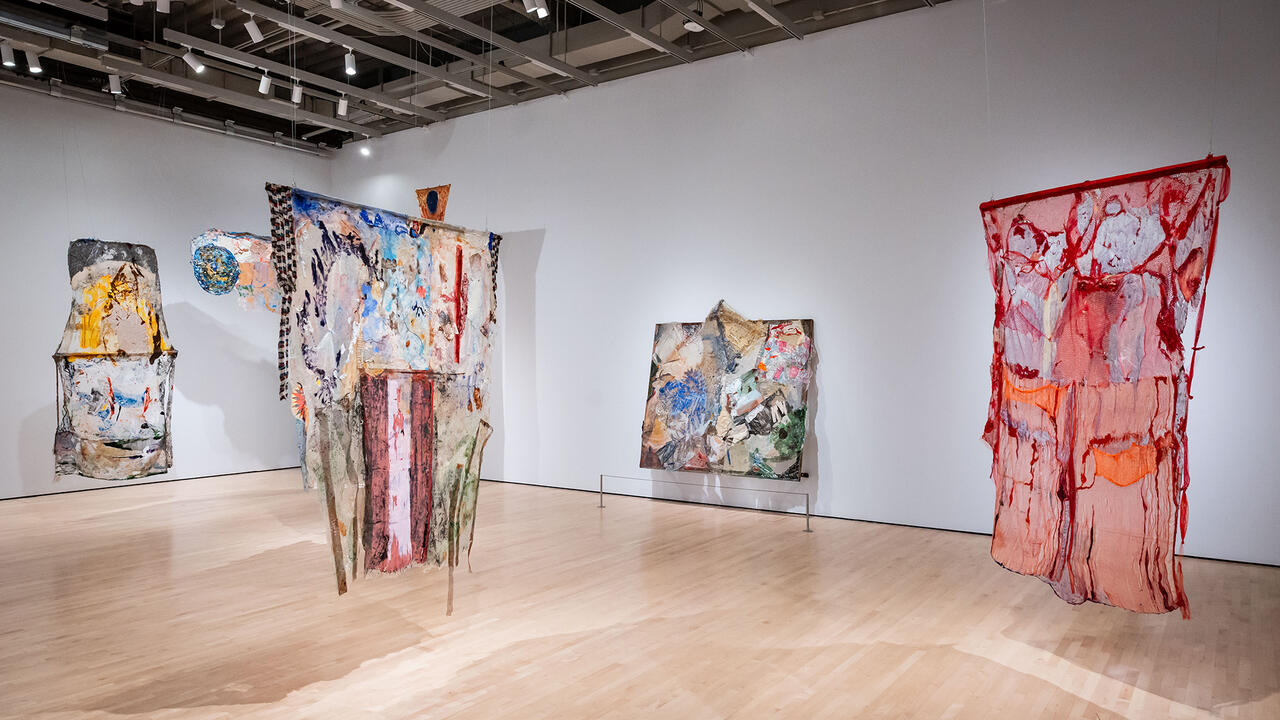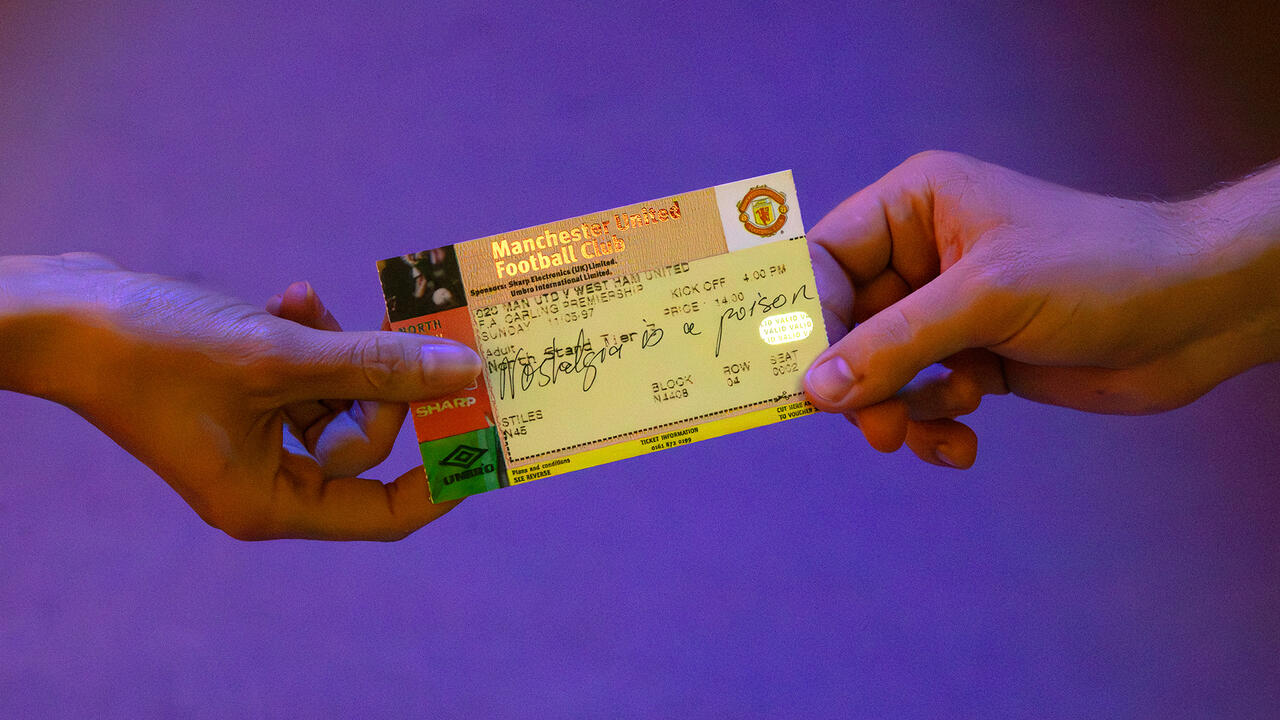Suzanne Lacy Wants You to Shut Up and Listen
A two-part survey of the artist’s work at the San Francisco Museum of Modern Art and Yerba Buena Center for the Arts foregrounds dialogue as a radical political act
A two-part survey of the artist’s work at the San Francisco Museum of Modern Art and Yerba Buena Center for the Arts foregrounds dialogue as a radical political act

‘Shut up and listen’ may not be the most diplomatic request, though in our inequitable society, it’s too often a privilege to be heard. Artist Suzanne Lacy’s decade-long series of dialogues, workshops and public policy interventions known as ‘The Oakland Projects’ (1991–2001) issued this directive at affluent audiences and institutions. For its inaugural performance, The Roof is On Fire (1993–94), Lacy and the artist-educators Annice Jacoby and Chris Johnson invited 220 high school students (predominantly African-American and from low-income families) to assemble on the rooftop garage of a federal building in downtown Oakland, where they drew a crowd of nearly 1,000 people (many older, white and middle-class). The students sat in cars that had been meticulously arranged upon the rooftop and conversed, unscripted, on a range of topics. Audience members could approach the cars to listen in. Then-high school senior Leuckessia Hirsh reflected on the speaker/listener role-reversal: ‘Usually the dynamic between teens and adults is the opposite. Teens are usually the ones that are told to shut up or stay in their place, and adults do a lot of the talking.’

Documentation from ‘The Oakland Projects’ appears in an expansive ground-floor installation at Yerba Buena Center for the Arts (YBCA), which has co-organized ‘Suzanne Lacy: We Are Here’, a rich, comprehensive look at Lacy’s nearly five-decade socially-engaged practice, along with the San Francisco Museum of Modern Art (SFMOMA). The presentation at YBCA opens with a wall display from local non-profit MediaJustice and includes a selection of works made by young people living in Oakland. Across the street at SFMOMA, a nonlinear survey of images and artefacts from early feminist performances explore the physical body, levels of cultural visibility, and the pervasiveness of gender-based violence; while more recent video and sculptural installations grapple with issues of labour, globalization and place-making.
In the 1990s, Lacy defined ‘new genre public art’ as a model committed to transforming actual relationships across real and perceived boundaries, rather than large sculptures ‘plunked’ (as she describes them) into public space. Although it promotes a dispersed form of authorship, some have questioned whether such projects instrumentalize their participants for the benefit of the privileged art world. Rather than avoid such criticisms, Lacy has allowed them to inform her work without seeking easy resolutions. In her 1977 performance The Life and Times of Donaldina Cameron, represented at SFMOMA by photographic documentation and ephemera, co-producer Kathleen Chang’s initial distrust of Lacy nearly ended their collaboration. Dressed in period costume, the two sailed by schooner to Angel Island – the inglorious historic port of entry for Asian immigrants in the San Francisco Bay – and then, before a live audience, broke character to discuss their aesthetic differences, respective Anglo and Chinese American ancestries and the challenges of pursuing a responsible dialogue on race, feminism and historical trauma. ‘This art may be cultural imperialism, an ultimately self-gratifying process,’ Lacy later wrote, ‘or it may be a suggestive model for communication across social barriers.’

Lacy’s intersectional feminism offers a broader critique than that of many of her second-wave contemporaries. At the 1979 opening of her mentor Judy Chicago’s canonical installation The Dinner Party at SFMOMA, Lacy and Linda Pruess used pre-internet crowdsourcing to invite nearly 2,000 women to stage their own dinner parties and submit telegrams from their gatherings, which were pinned to corresponding locations on a giant world map at the museum. Although a tribute to Chicago’s efforts, International Dinner Party expanded their participatory scope. SFMOMA displays this map once again alongside video footage from Dinner at Jane’s (1993), a summit of prominent women – including Anita Hill, Dolores Huerta and Gloria Steinem – that Lacy convened at Chicago’s Hull House, in yet another expression of assembly and dialogue as a radical political act.
‘Suzanne Lacy: We Are Here’ runs at SFMOMA and Yerba Buena Center for the Arts until 4 August 2019.
Main image: Suzanne Lacy and Leslie Labowitz, In Mourning and in Rage, 1977; performance, December 13, 1977, City Hall, Los Angeles. © Suzanne Lacy and Leslie Labowitz; photograph: Maria Karras






















